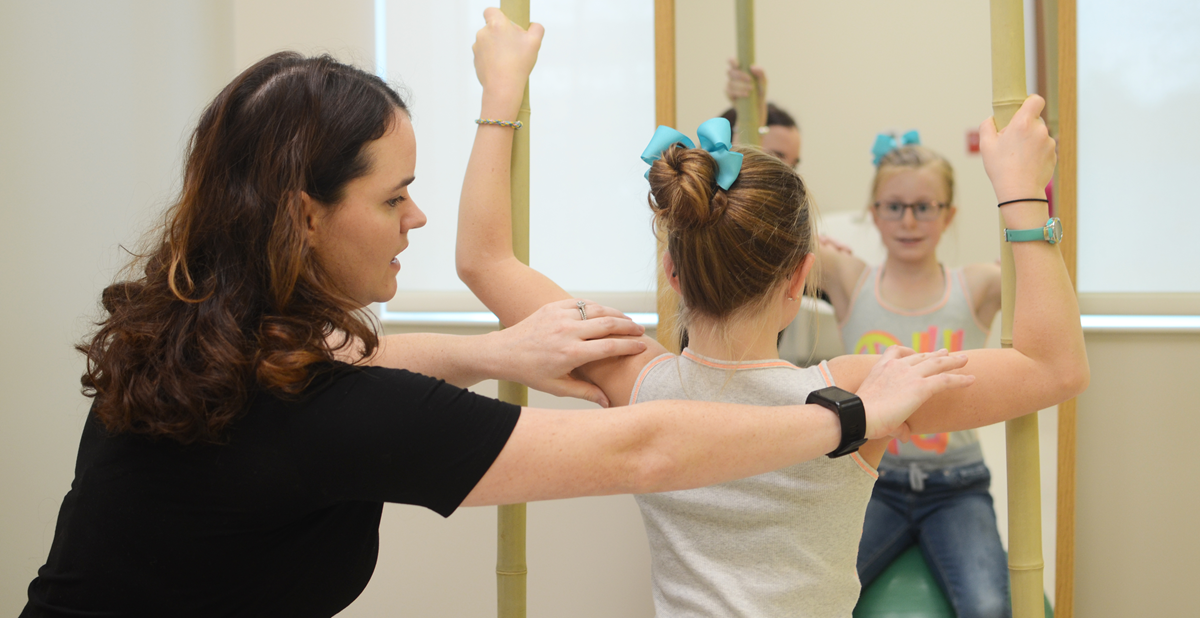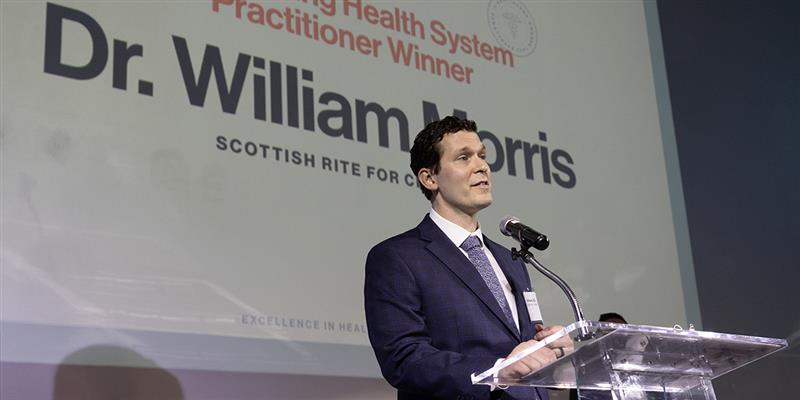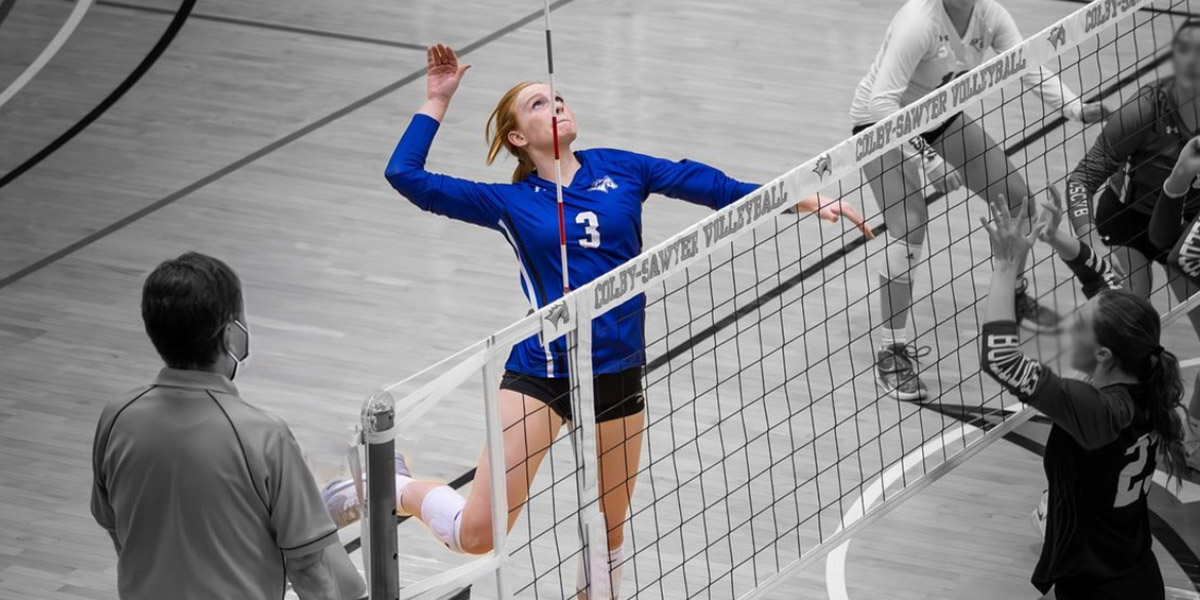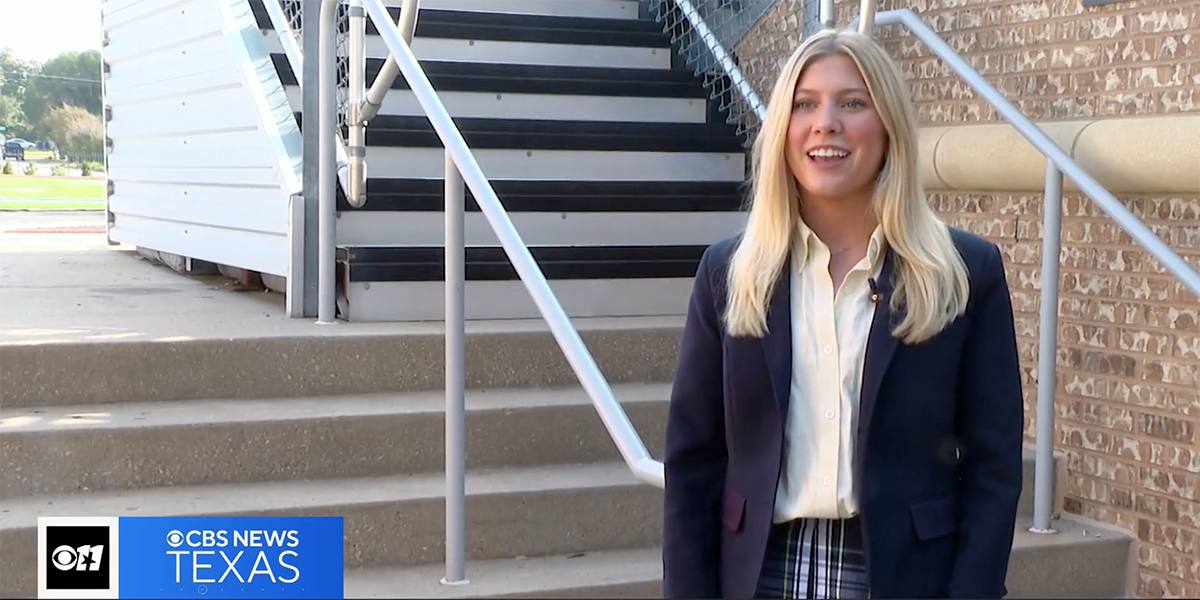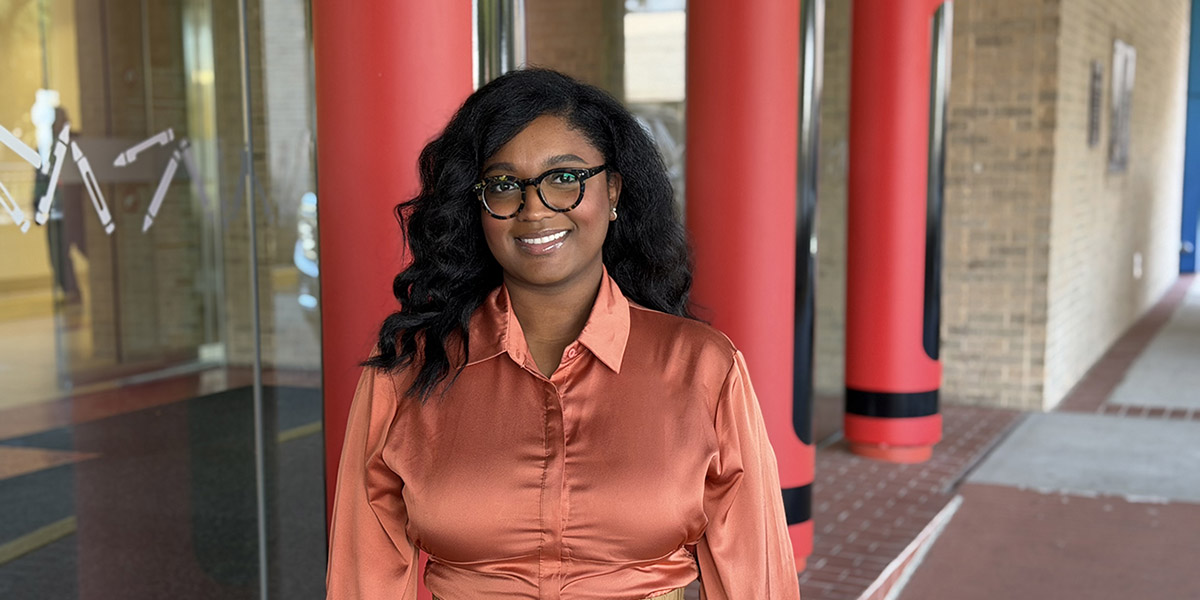Scoliosis is one of the most common pediatric orthopedic conditions and presents very differently depending on the patient. Research into nonoperative treatment methods has shown promising results for using a Providence or nighttime brace in addition to physiotherapeutic scoliosis-specific exercises (PSSE).
Scottish Rite for Children pediatric orthopedic surgeon Amy L. McIntosh, M.D., and a team of physical therapists, orthotists, and others conducted this prospective comparative study to evaluate the effectiveness of PSSE in skeletally immature patients with adolescent idiopathic scoliosis treated with nighttime bracing (PSSE group) compared with the standard of care of nighttime bracing alone (control group). Their findings were published in the Journal of Pediatric Orthopaedics in the article “The Addition of Daytime Physiotherapeutic Scoliosis-Specific Exercises to Adolescent Idiopathic Scoliosis Nighttime Bracing Reduces Curve Progression.”
Skeletally immature patients with adolescent idiopathic scoliosis (AIS) who have moderate curves are treated with thoracolumbosacral orthoses, which are designed for nighttime wear. The effectiveness of PSSE in addition to nighttime bracing compared with nighttime bracing alone was unknown. Patients in this study met the following inclusion criteria: diagnosis of AIS, Providence brace treatment, ages 10 to 16 years, thoracolumbar or lumbar primary curve <35 degrees, Risser stage 0, and females <1-year postmenarchal.
Patients in this group completed at least eight hours of one-on-one outpatient physical therapy sessions from a Schroth-based (Barcelona Scoliosis Physical Therapy School) certified physical therapist. All patients participated in Schroth therapy at Scottish Rite for Children and were given a standardized exercise prescription algorithm. They also committed to performing a home exercise program for a minimum of 15 minutes a day, five days a week, for at least one year. They were encouraged to maintain a corrective posture throughout the day during activities of daily living.
The primary outcome measures were curve magnitude of the primary curve and the rate of curve progression. Curve magnitude was digitally measured using the Cobb method, and baseline curves averaged 25 degrees, which is at the lowest bracing threshold recommended by the Scoliosis Research Society. These patients either presented with a Cobb angle ≥ 25 degrees or had demonstrated curve progression to a Cobb angle ≥ 25 degrees.
Both groups demonstrated positive results, 22% of curves improved at skeletal maturity, and only 9% required surgery. However, the PSSE group had no change in curve magnitude at the final visit compared with curve progression in the control group (1 vs. 7 degrees, P<0.01). Furthermore, the PSSE group had a lower rate of curve progression >5 degrees at the final visit (14% vs. 43%, P<0.01). The PSSE group also had less conversion to full-time bracing after 1 year (5% vs. 24%, P=0.046), but the differences were no longer significant at the final visit (14% vs. 27%).
Their research confirms that Schroth-based physical therapy, in conjunction with wearing a brace at night, reduces curve progression after one year and at skeletal maturity. This information is helpful to patients and their families experiencing scoliosis and could be used as an encouragement for compliance with the treatment.
Learn more about scoliosis and orthopedic research.


